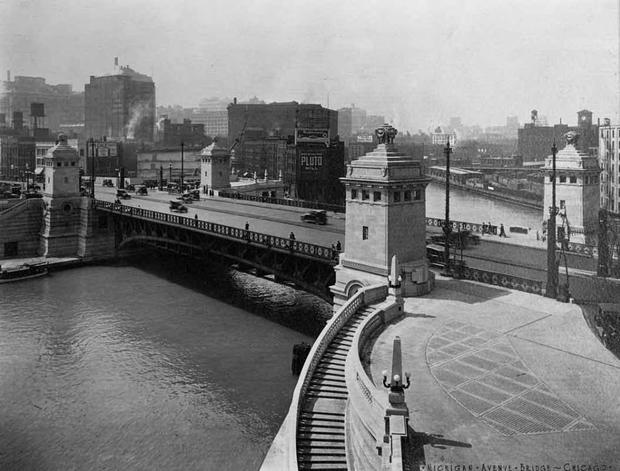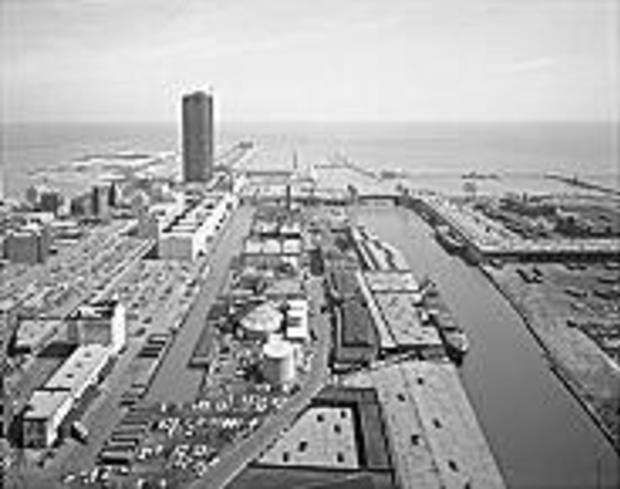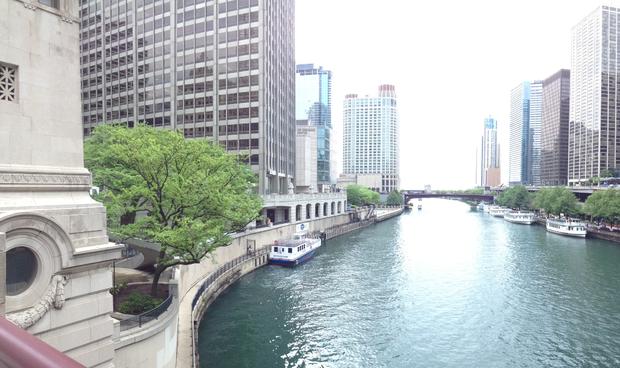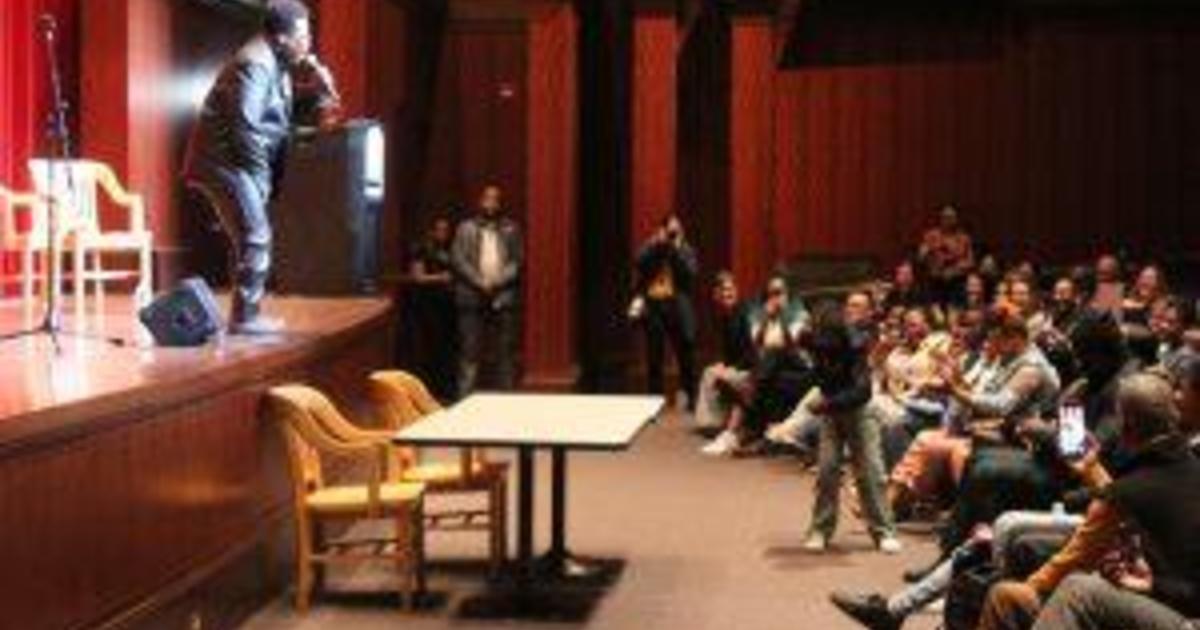Rewind Chicago: Fashionable Streeterville's Deviant Beginnings
By Heather Sadusky
CHICAGO (CBS) -- Streeterville, with its gleaming high-rise residences just steps from Michigan Avenue on one end and Lake Michigan on the other, did not have such an attractive beginning.
Mr. George Streeter, the unique character that the neighborhood is named after, came here in the late 1800s after a boating test run went wrong and landed him on a sandbar.
Streeter and his wife, Maria, decided to take residence in their beached boat and simply claim the land as their own.
As Chicago rebuilt and expanded after the great fire, construction waste needed to be deposited somewhere.
Mr. Streeter began illegally offering "his" land as a dumping site for a price, and a kind of shanty town developed in the area.
Surrounding land-owners began to worry about their value and aimed to get rid of Mr. Streeter, but when police attempted to evict him and his wife in 1889, they were met with rifles.
Nathaniel Kellogg Fairbank, a clever businessman producing lard and soap from the city's large meatpacking industry, was the millionaire who owned the land Streeter was occupying.
He then legally filed against Streeter who was required to relocate.
Once again, a persistent Streeter refused and continued selling "his" plots of land.
Meanwhile, developers realized the benefits of connecting downtown with the north and began planning for today's Lake Shore Drive.
This attracted entrepreneur Potter Palmer who become wealthy by opening the first dry-goods store and established bargain days, money back guarantee, and shopping as we know it.
After Palmer died in 1902, Streeter claimed Palmer's additional land for himself and created a blockading army to protect his district.
It was Mr. Streeter's last hurrah at defending his neighborhood as police quickly extinguished the mayhem.
He was jailed and died in 1921.
Several decades later, the owner of the land was finally decided when Chicago Land & Trust won the parcel in court in 1928.
Streeterville had become a hot residential location due to the commercial development of Michigan Avenue that followed the construction of Michigan Avenue bridge.
The Lake Shore Drive Bridge was also in the making, completed in 1937.
Another boom in the growth of Streeterville occurred in the 1960s when commercial developments and high-rise apartments were on the agenda, as well as structures like the John Hancock Building.
The expansion has continued into today with construction of additional apartment buildings and a focus on mixed-use space. When comparing the two photos below, the evolution of Streeterville along Ogden slip is obvious: the parking lots of the 1980s have been replaced with today's people-centered design that combines residential with walkable green spaces.
Despite its deviant beginnings, Streeterville has flourished into a pleasant neighborhood in a prime location of Chicago.
And on the corner of North McClurg Court and East Grand Avenue, the man who started it all can be seen in all his bronze glory, as the neighborhood fondly salutes Mr. Streeter.







